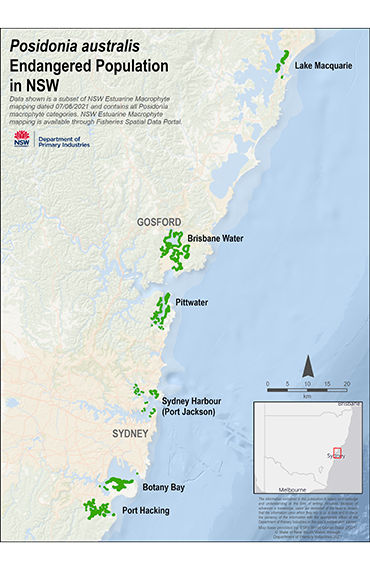
Posidonia australis
Status in NSW
Endangered populations in Port Hacking, Botany Bay, Sydney Harbour, Pittwater, Brisbane Waters and Lake Macquarie.
Characteristics
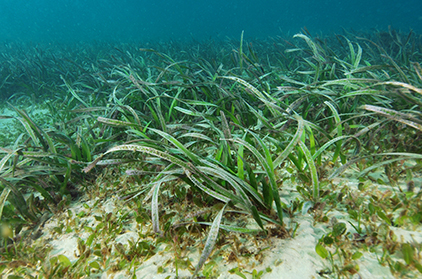
Posidonia australis has large, bright green, strap-like leaves that can grow to over 80 cm long. They are usually 6-14 mm wide with rounded ends. As much as 90 percent of the mass of the plant may be in the roots. They can be found in large meadows at shallow depths in estuaries, coastal lakes and sheltered coastal waters.
As one of the slower growing species of seagrass, Posidonia australis can be particularly slow to recover from damage.
Distribution
Posidonia australis is a species of seagrass that occurs in the southern half of Australia. It occurs in 17 estuaries along the east coast of New South Wales from Wallis Lake to Twofold Bay near the New South Wales/Victorian border.
Six locations within New South Wales (Port Hacking, Botany Bay, Sydney Harbour, Pittwater, Brisbane Waters and Lake Macquarie) have suffered significant population decline and have been listed as endangered populations.
Habitat
The species can grow in coarse sandy to fine silty sediments between the low tide line and approximately 10 m depth. It may also occur in deeper water if water clarity is good. It can form large, dense stands (called meadows), and is also often found mixed with other species of seagrass such as Zostera (eelgrass) and Halophila (paddleweed).
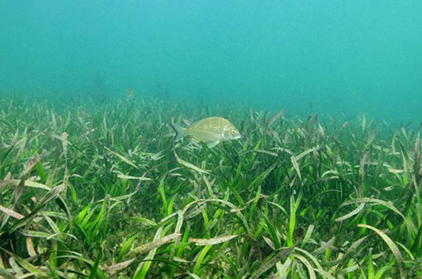
Why is Posidonia australis important?
- It supports a diverse range of fauna, providing habitat, shelter and food. This includes other protected and threatened species such as the White's Seahorse, Little Penguins, Green Turtles, pipefish and seadragons.
- It also provides nursery habitat and feeding grounds for commercially and recreationally important fish species such as bream, sea mullet, leatherjacket, mullet and garfish.
- Protects water quality by filtering the water and removing and recycling nutrients.
- Stabilises sediment on the seabed.
- Improves air quality by taking carbon dioxide gas out of the water and releasing oxygen. The leaves use the carbon to grow and are eventually buried in the sand when they die. This is an example of "blue carbon" - a captive of the seabed and no longer a greenhouse gas in the atmosphere.
Did you know?
Seagrasses can bury carbon at a rate 35 times faster than tropical rainforests!
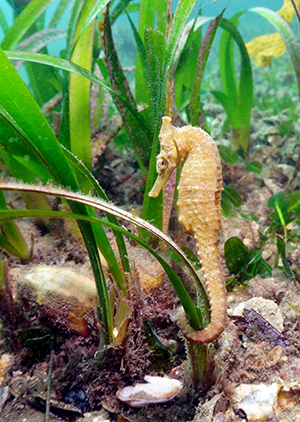
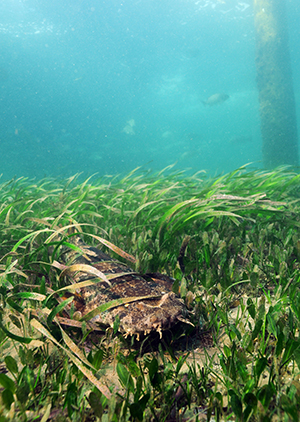
Why are some populations of Posidonia australis endangered?
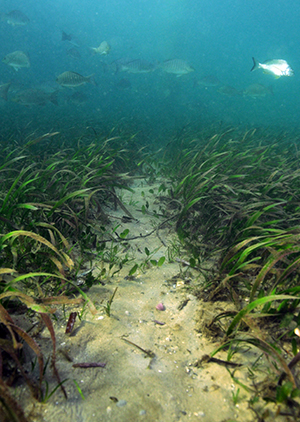
The small and fragmented endangered populations of Posidonia australis are susceptible to many ongoing pressures including:
- The construction of foreshore structures such as jetties, pontoons and berthing areas which cause shading and loss of seagrass.
- Dredging.
- Damage from anchors, boat propellers, moorings and other boating related activities.
- Increased sediment entering waterways which can smother seagrass and block light.
- Trampling of seagrass beds due to wading by humans and domestic animals.
- Extreme storm events can dislodge large areas of Posidonia. Stormwater discharges can also change water quality and salinity levels.
- Climate change.
More information
- Fisheries Scientific Committee Posidonia australis Final Determination March 2010 (PDF, 51.37 KB)
- Primefact: Endangered population in NSW: Posidonia australis
- Priorities Action Statement - Actions for the endangered populations of Posidonia australis in Port Hacking, Botany Bay, Sydney Harbour, Pittwater, Brisbane Waters and Lake Macquarie
- School resource: A threatened species of seagrass, Posidonia australis

